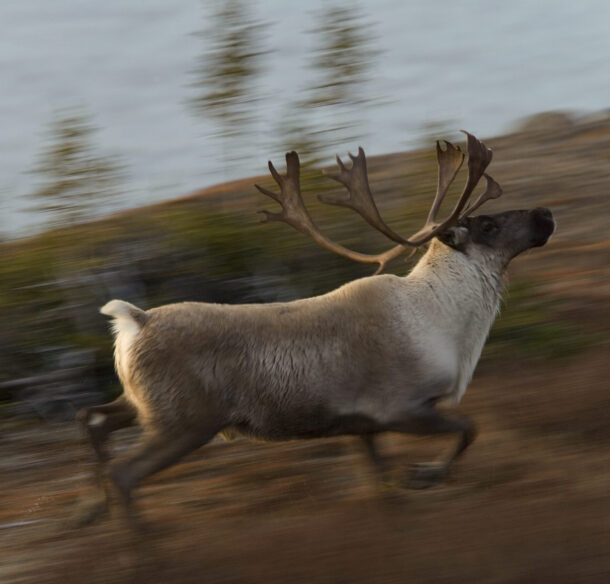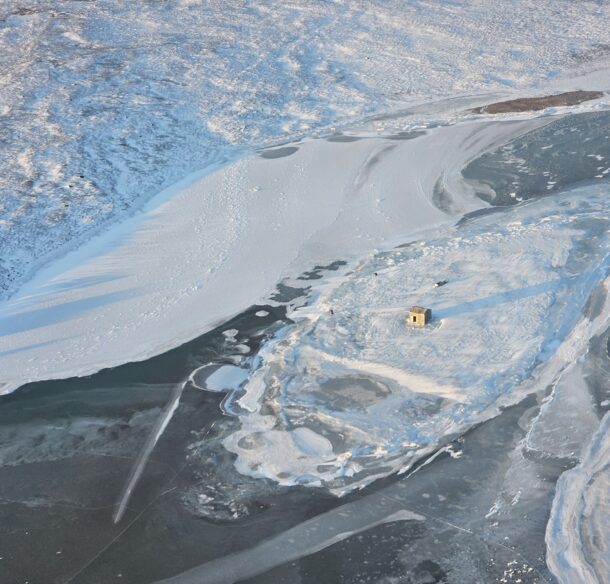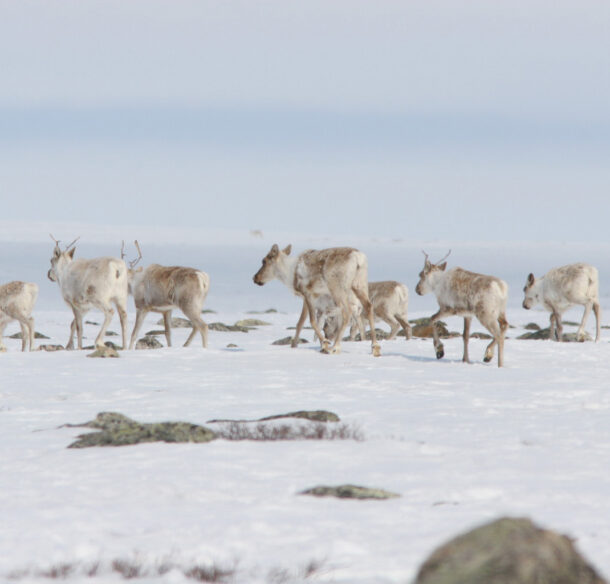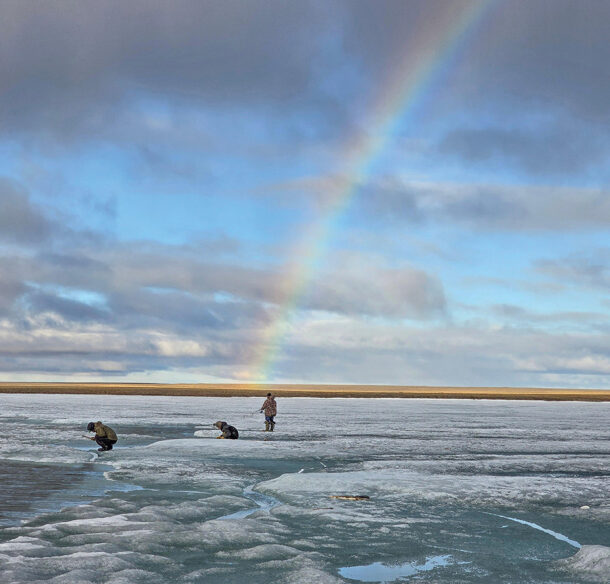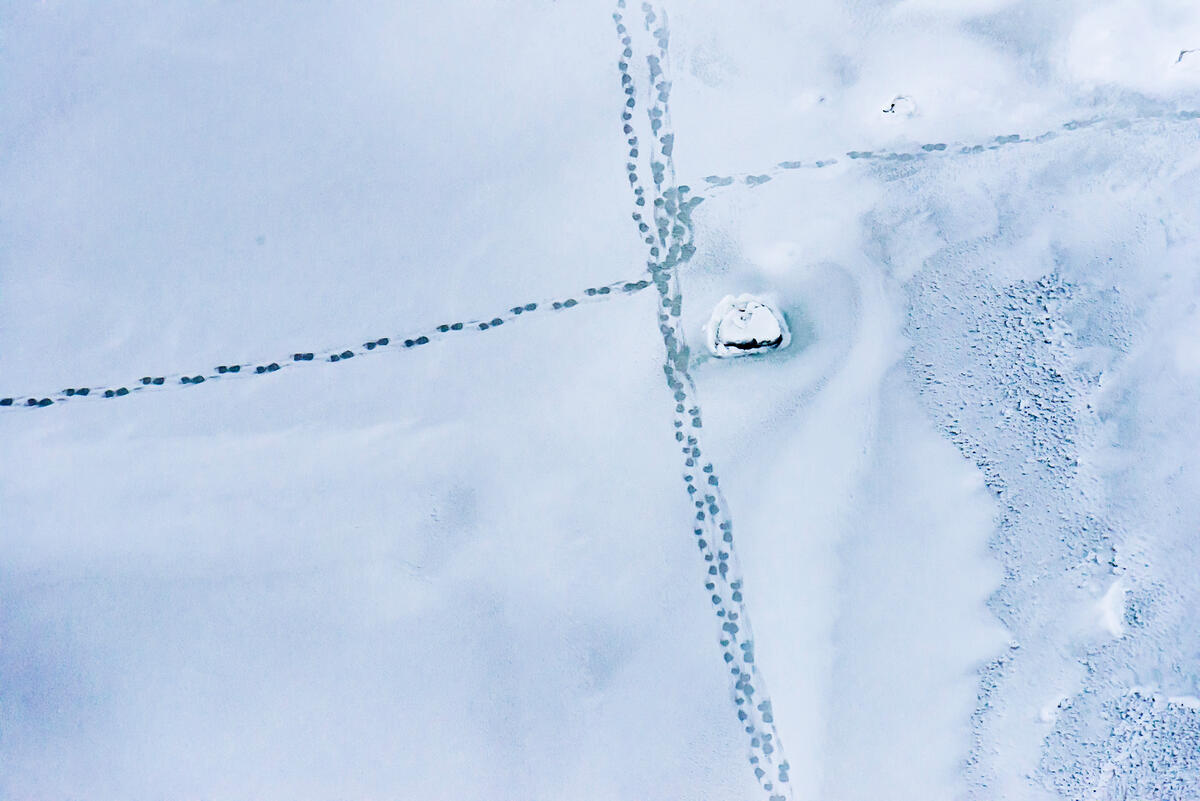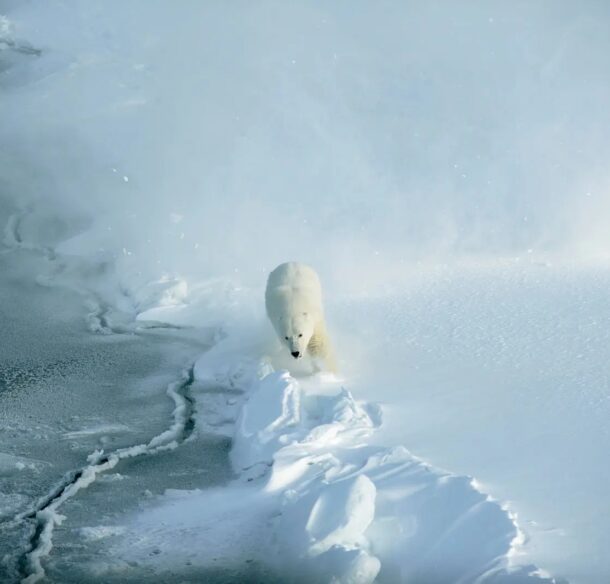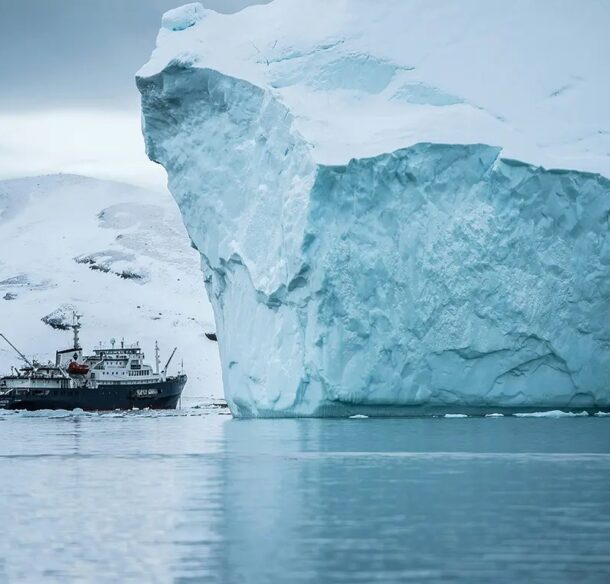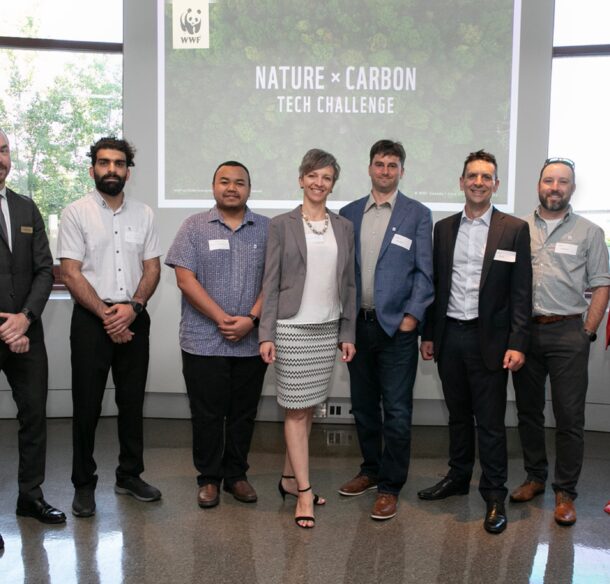Same species, different stories: The facts about caribou and reindeer
If you wanted to see a reindeer, your best bet might be to head to Northern Scandinavia. But what if a caribou was on your bucket list? Are the two really that different? And what... Read More
If you wanted to see a reindeer, your best bet might be to head to Northern Scandinavia. But what if...
Read More
Read More

